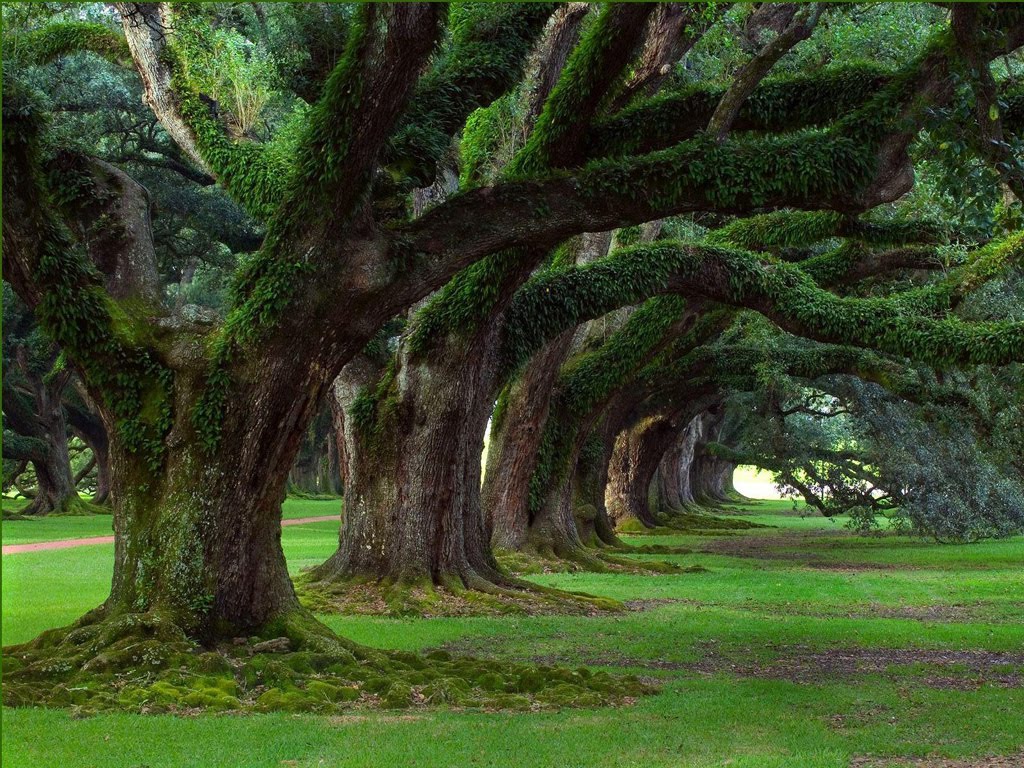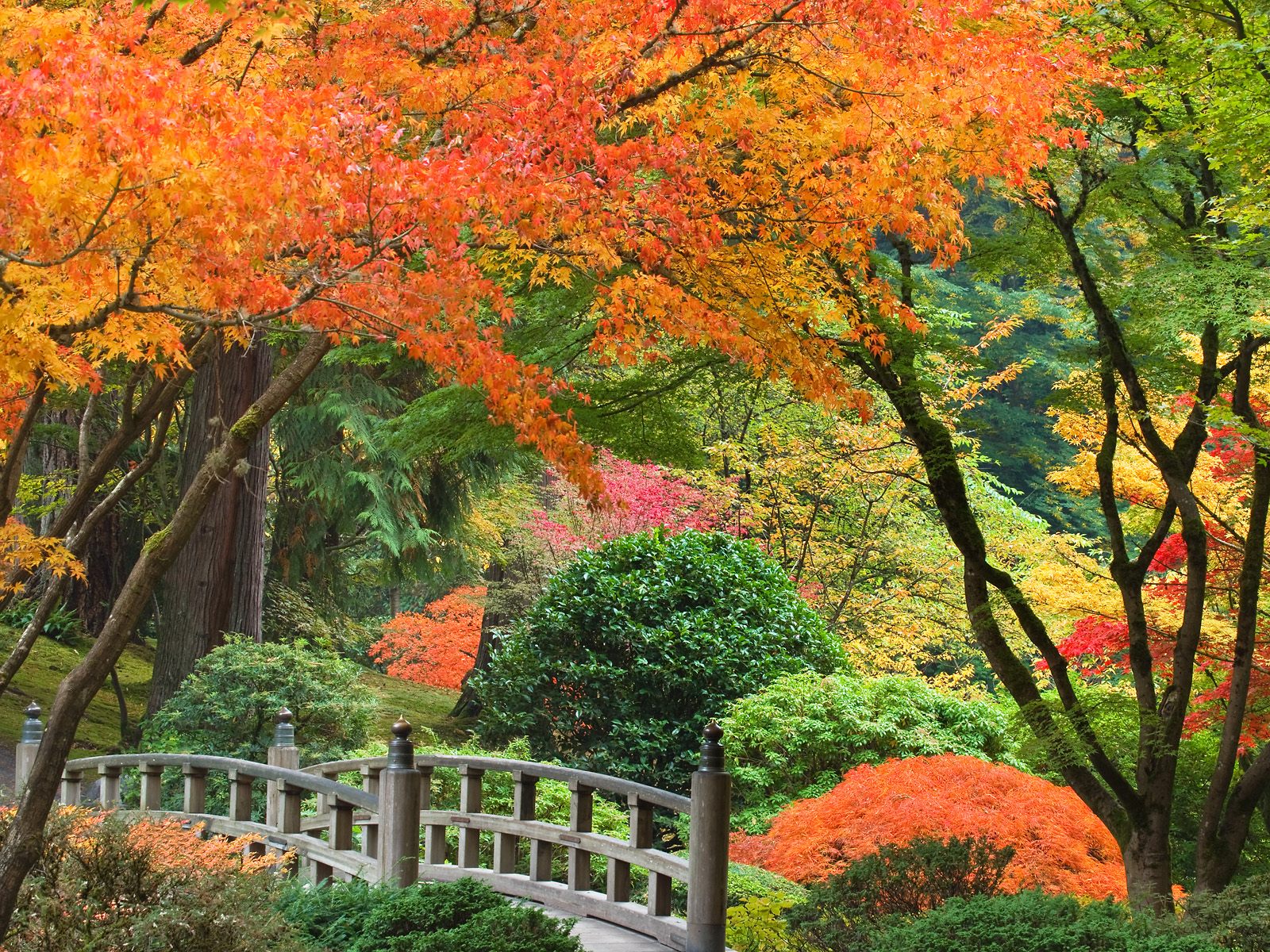Beautiful Nature Wallpapers Biography
Source(google.com.pk)Main ingredients are tree chips, hard charcoal, mugwort, green tea, junipers, pine trees, vermiculite, illite that are not harmful to human bodies and that provide a flavor of clean air, wild flowers and soil in the forest.
* In two months it's apparent that the plants put in the place in which pine Eden Bio wallpapers is installed grow faster than the plants
put in the place vinyl wallpapers are installed. (As for oriental orchids, the buds grow by 3~4 cm).Nature wallpaper is relational. It is about the interconnections, the interrelationships, that form our world. Nature wallpaper binds people to the natural world with words of understanding, respect, admiration, and love. These words may be formed in any literary type or style. The languages and forms of nature wallpaper are many and varied, but each seeks to share what the writer has felt and known in times of living with nature. Nature wallpaper also must be positive. While it recognizes the challenges, difficulties, and tragedies in the world, nature wallpaper presents the hope inherent in the world--the flower blooming in the crack of the sidewalk, the doves rebuilding yet another nest, the chickeree storing cones in the fall, gray whales migrating along the crowded California coast to their winter home in Baja. Nature wallpaper puts the hope, and faith, and love of the world into words for the world.If you’ve noticed close enough, you’ll see that with every operating system recently launched comes a set of great nature wallpapers. This has raised a fact – nature wallpaper is favored by most people. Be it a coke/pepsi fan, apple fanboy or a Microsoft supporter, I trust that you can’t resist beautiful nature wallpaper on your computer desktop. That we think, is the power of nature on technology point of view.
In this article, we’d like to showcase you a list of 12 Absolutely Beautiful Wallpapers to decorate your desktop. Consider this as part I, as there will be more to come in future posts. If you like beautiful wallpapers, you may want to look at some of these wallpapers related posts:
Wallpaper is a kind of material used to cover and decorate the interior walls of homes, offices, and other buildings; it is one aspect of interior decoration. It is usually sold in rolls and is put onto a wall using wallpaper paste. Wallpapers can come plain (so that it can be painted), textured (such as Anaglypta), with a regular repeating pattern design, or, much less commonly today, with a single non-repeating large design carried over a set of sheets.
Wallpaper printing techniques include surface printing, gravure printing, silk screen-printing, rotary printing, and digital printing. Wallpaper is made in long rolls which are hung vertically on a wall. Patterned wallpapers are designed so that the pattern "repeats" and pieces cut from the same roll can be hung next to each other so as to continue the pattern without it being easy to see where the join between two pieces occurs. In the case of large complex patterns of images this is normally achieved by starting the second piece halfway into the length of the repeat, so that if the pattern going down the roll repeats after 24 inches the next piece sideways is cut from the roll to begin 12 inches down the pattern from the first. The number of times the pattern repeats horizontally across a roll does not matter for this purpose. A single pattern can be issued in several different colorways.
Early wallpaper featured scenes similar to those depicted on tapestries, and large sheets of the paper were sometimes hung loose on the walls, in the style of tapestries, and sometimes pasted as today. Prints were very often pasted to walls, instead of being framed and hung, and the largest sizes of prints, which came in several sheets, were probably mainly intended to be pasted to walls. Some important artists made such pieces - notably Albrecht Dürer, who worked on both large picture prints and also ornament prints - intended for wall-hanging. The largest picture print was The Triumphal Arch commissioned by the Holy Roman Emperor Maximilian I and completed in 1515. This measured a colossal 3.57 by 2.95 metres, made up of 192 sheets, and was printed in a first edition of 700 copies, intended to be hung in palaces and, in particular, town halls, after hand-coloring.
Very few samples of the earliest repeating pattern wallpapers survive, but there are a large number of old master prints, often in engraving of repeating or repeatable decorative patterns. These are called ornament prints and were intended as models for wallpaper makers, among other uses
Beautiful Nature Wallpapers

Beautiful Nature Wallpapers
.jpg)
Beautiful Nature Wallpapers

Beautiful Nature Wallpapers

Beautiful Nature Wallpapers

Beautiful Nature Wallpapers

Beautiful Nature Wallpapers

Beautiful Nature Wallpapers

Beautiful Nature Wallpapers

Beautiful Nature Wallpapers

Beautiful Nature Wallpapers
No comments:
Post a Comment